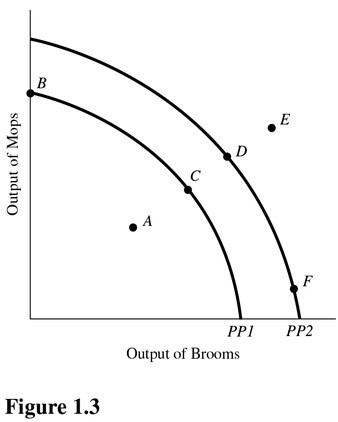An increase in the interest rate, other things constant, will:
a. shift the demand for loanable funds curve to the right.
b. shift the demand for loanable funds curve to the left.
c. decrease the quantity of loanable funds supplied
d. decrease the quantity of loanable funds demanded.
e. shift the supply of loanable funds curve to the right.
d
You might also like to view...
Large and long-continued increases in the demand for electricity will tend to result in
A) a higher cost of generating electricity. B) a higher price for electricity but no increase in the cost of generating it. C) a reduction in the quantity of electricity demanded as a consequence of higher prices. D) an increase in the quantity of electricity demanded and hence a decrease in its price.
According to the marginal productivity theory of income
A) the income received by an individual who supplies labor services equals the incremental benefit generated to the firm by that individual's labor. B) the average income received by an individual who supplies resources is influenced by the resources owner's marginal productivity. C) the greater the quantity of resources owned by an individual, the greater his incentive to increase productivity and his income. D) the income received by an individual who supplies labor services equals the profit generated to the firm by that individual's labor.
 An increase in the proportion of the population that is unemployed above the normal rate is best represented in Figure 1.3 and using PP1 by a movement from point
An increase in the proportion of the population that is unemployed above the normal rate is best represented in Figure 1.3 and using PP1 by a movement from point
A. E to point D. B. C to point D. C. C to point A. D. D to point C.
Which of the following statements about scarcity is TRUE?
A. Scarcity is a problem only in countries that do not use markets to organize economic activity. B. Scarcity occurs only among less developed countries. C. Scarcity is a problem only for greedy people. D. Scarcity exists in all societies.